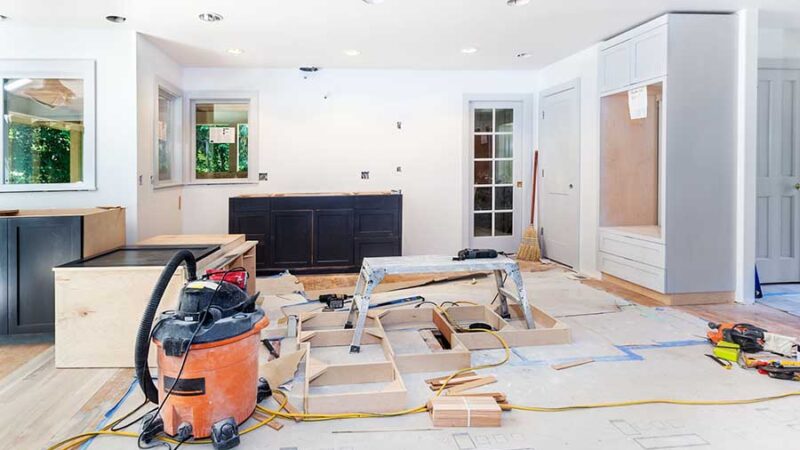How Often Rendering House?

Rendering is a popular method of enhancing the appearance and protecting the exterior walls of a house. Over time, however, the render may deteriorate due to weather exposure, cracks, or color fading. Homeowners often wonder how frequently they should consider rendering their house to maintain its aesthetic appeal and structural integrity.
Rendering is a popular method of enhancing the appearance and protecting the exterior walls of a house. Over time, however, the render may deteriorate due to weather exposure, cracks, or color fading. Homeowners often wonder how frequently they should consider rendering their house to maintain its aesthetic appeal and structural integrity. In this article, we will explore factors that influence the need for re-rendering and provide guidelines to help determine the ideal frequency for this maintenance task.
Assessing the Existing Render
Before considering re-rendering, it is essential to assess the condition of the existing acrylic or silicon render. Inspect the walls for cracks, peeling, mold, or moisture damage. If the render shows significant signs of deterioration or structural issues, it may require immediate attention. Additionally, consider the age of the render, as older mineral render may be more prone to damage. Conducting a thorough evaluation will provide insight into whether re-rendering is necessary or if repairs can suffice.
Climate and Weather Conditions
The climate and weather conditions in your area play a crucial role in determining how often you should render your house. Regions with extreme weather, such as frequent heavy rain, strong winds, or high humidity, may require more frequent rendering. These weather elements can accelerate the degradation of acrylic or mineral render, leading to cracks, water penetration, and subsequent damage. It is important to consider the local climate and weather patterns when determining the frequency of re-rendering.
Quality of the Existing Render
The quality of the original render and the materials used can significantly impact its lifespan. High-quality renders, applied by experienced professionals, tend to last longer and require less frequent re-rendering. Cheaper or inferior renders may deteriorate more quickly, leading to a need for more frequent maintenance. If your house has been rendered using high-quality materials and proper application techniques, it may not require re-rendering as often as one with subpar render.
Regular Maintenance and Cleaning
Proper maintenance and cleaning can extend the lifespan of your silicone or acrylic render. Regularly inspect the exterior walls for signs of damage or wear, and address any issues promptly. Cleaning the render periodically can prevent the buildup of dirt, algae, or moss, which can damage the render over time. Pressure washing, if done carefully, can help maintain the appearance and condition of the cement or silicone render. Regular maintenance practices can reduce the frequency of re-rendering and increase its longevity.
Changing Aesthetics
Sometimes, homeowners may choose to re-render their house not due to structural concerns but to update its appearance. Changing trends, personal preferences, or a desire to modernize the exterior can be valid reasons for re-rendering. If you wish to give your house a fresh look, re-rendering can be an effective solution. In such cases, the frequency of re-rendering will depend on how often you want to update the aesthetics of your home.
Conclusion
The frequency of re-rendering your house depends on various factors, including the condition of the existing acrylic or silicone render, climate and weather conditions, the quality of the original render, regular maintenance practices, and desired aesthetic changes. Conduct a thorough assessment, consult professionals if needed, and consider the specific requirements of your location and the render’s condition. By understanding these factors and making informed decisions, you can ensure that house rendering remains visually appealing and well-protected for years to come.





